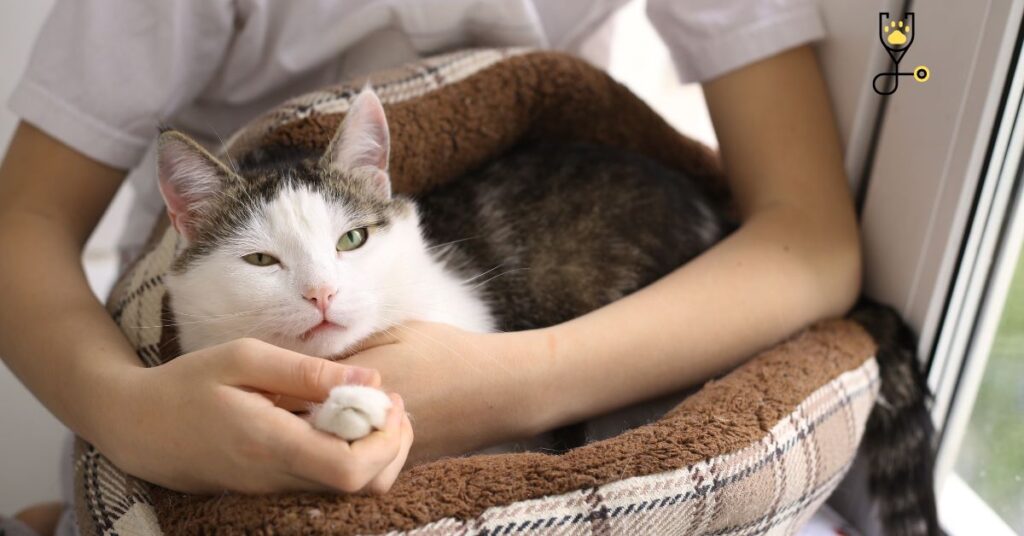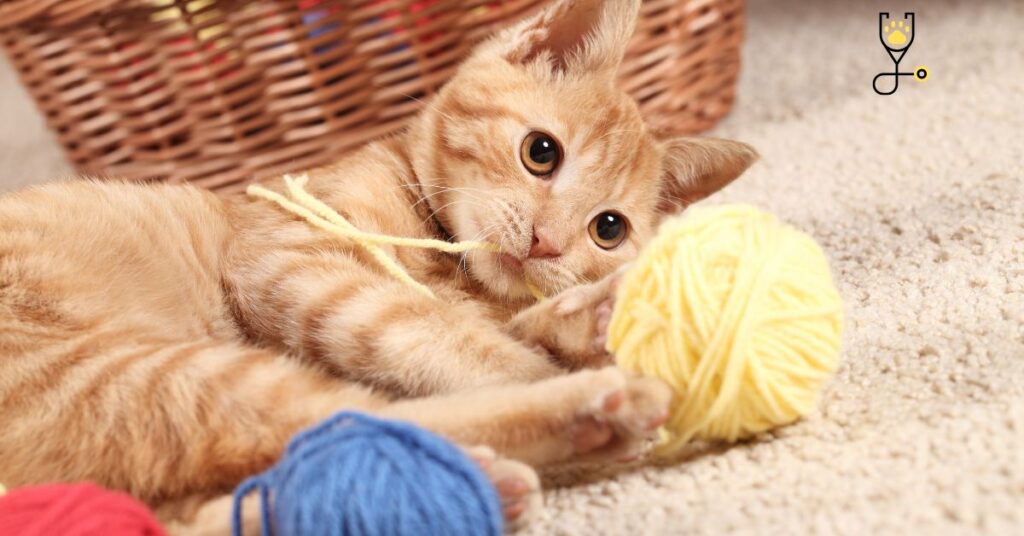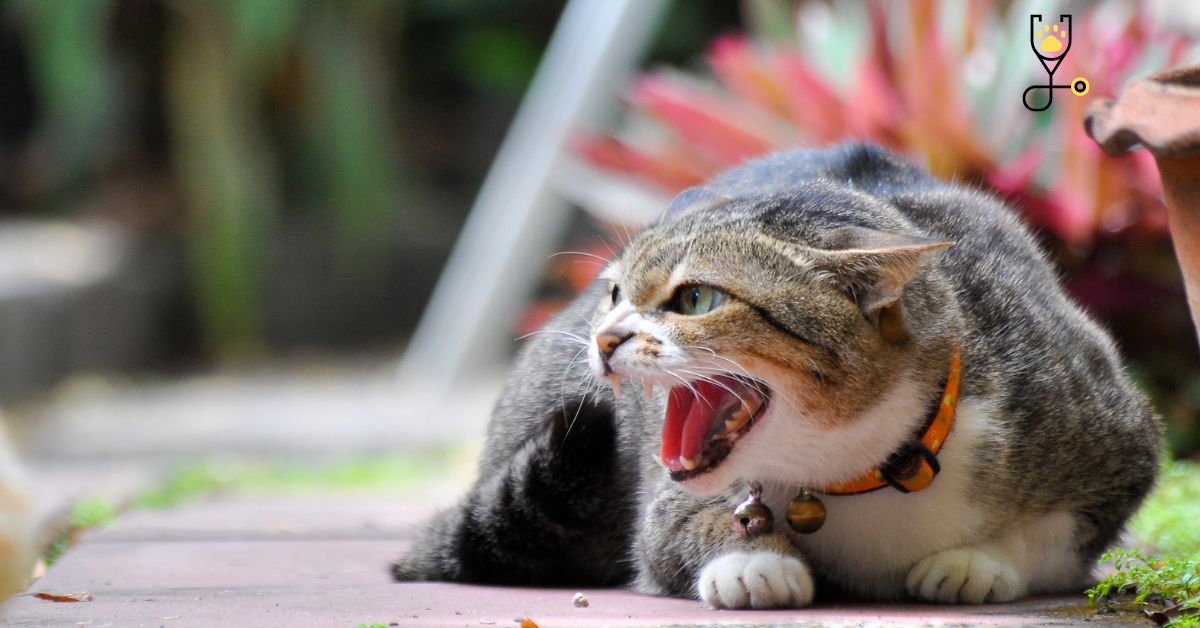Cats are wonderful, loving creatures that can make excellent pets. However, sometimes cats can become fearful or aggressive, which can make them difficult to live with. If you’re struggling with a Fearful or Aggressive cat, here are some tips to help you train your cat and eliminate their fear and aggression.
-Create a safe space
It’s important to create a safe space for your cat where they can feel secure and comfortable. This may be a room in your house that is quiet and free from noise and activity, or it may be an outdoor area like a porch or garden. Give your cat access to this space so they can retreat when they feel scared or threatened.
-Provide plenty of hiding spots
Cats feel safest when they have somewhere to hide. Make sure there are plenty of hiding spots available for your cat, both in their safe space and around your home. This could be a cardboard box, a pet bed, or a cat tree with lots of nooks and crannies.

-Don’t force affection
It’s important not to force your cat to interact with you if they don’t want to. If your cat is fearful or aggressive, it may hiss, growl, or even scratch or bite when you try to pick them up or pet them. It’s best to let your cat come to you on their own terms and offer them treats or toys as an incentive to approach you.
-Go slowly
When you do interact with your cat, it’s important to go slowly and give them plenty of time to adjust to your presence. Speak softly, move slowly, and allow your cat to sniff you before you try to pet them.
-Be consistent
It’s important to be consistent in your interactions with your cat. If you’re inconsistent, they may become confused and stressed, which can worsen their fear or aggression. So, if you’ve been letting them approach you on their own terms, don’t suddenly start trying to pick them up or pet them without warning.

-Use positive reinforcement
Positive reinforcement is a great way to train your cat and promote desired behaviors. Whenever your cat does something you want them to do, like approach you or plays nicely, provide them with a treat or toy as a reward. This will help them associate the desired behavior with something positive and make them more likely to repeat it in the future.
-ignore undesired behaviors
It’s important to ignore undesired behaviors from your cat, like hissing or growling. If you punish your cat for these behaviors, they may become worse. Instead, focus on rewarding the behaviors you want to see and ignoring the ones you don’t.
-Provide plenty of enrichment
Enrichment is anything that enriches your cat’s environment and provides them with stimulating activities. This can help reduce stress and boredom, both of which can contribute to fear and aggression. Some great enrichment ideas include:

- Toys
Catnip toys, fishing pole toys, and puzzle toys are all great ways to keep your cat entertained and engaged.
- scratching posts
Scratching is a natural feline behavior, so providing a scratching post will help satisfy your cat’s needs and keep them from scratching furniture or carpet.
- Litter box
Make sure you have a clean litter box that is easily accessible to your cat. A dirty or crowded litter box can be stressful for cats and may lead to elimination problems.
- Food puzzles
Food puzzles are a great way to engage your cat’s natural hunting instincts. There are many different types of food puzzles available, so find one that your cat enjoys and make sure to offer it regularly.
Conclusion
Fear and aggression are common problems in cats, but there are things you can do to help your feline friend feel more comfortable and reduce these behaviors. By creating a safe space, providing plenty of enrichment, and using positive reinforcement, you can help your cat overcome their fear and become the happy, healthy pet they deserve to be.
Frequently Asked Questions
1. How do I know if my cat is afraid or aggressive?
If your cat is hissing, growling, or trying to bite or scratch when you approach them, they are probably feeling scared or threatened. If your cat is also growling, hissing, or attacking when you try to pet them or pick them up, they may be aggressive.
2. What are some common causes of fear and aggression in cats?
There are many potential causes of fear and aggression in cats, including prior traumatic experiences, genetic predisposition, lack of socialization, and underlying medical conditions.
3. How can I help my cat feel more comfortable around people?
There are several things you can do to help your cat feel more comfortable around people, including providing a safe space, going slowly, being consistent, using positive reinforcement, and offering enrichment.
4. What is the best way to deal with an aggressive cat?
The best way to deal with an aggressive cat is to identify the cause of its aggression and then take steps to address it. If the aggression is due to fear, you’ll need to help your cat feel more comfortable around people. If the aggression is due to a medical condition, you’ll need to work with your veterinarian to develop a treatment plan.
5. My cat never shows any aggression or fear, is something wrong with them?
No, there is nothing wrong with your cat if they never show any aggression or fear. Each cat is unique and some are just naturally more confident than others.







